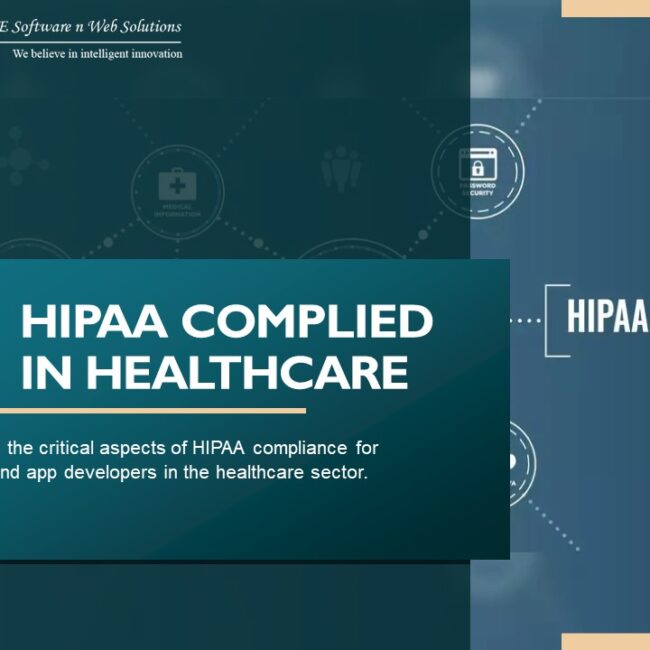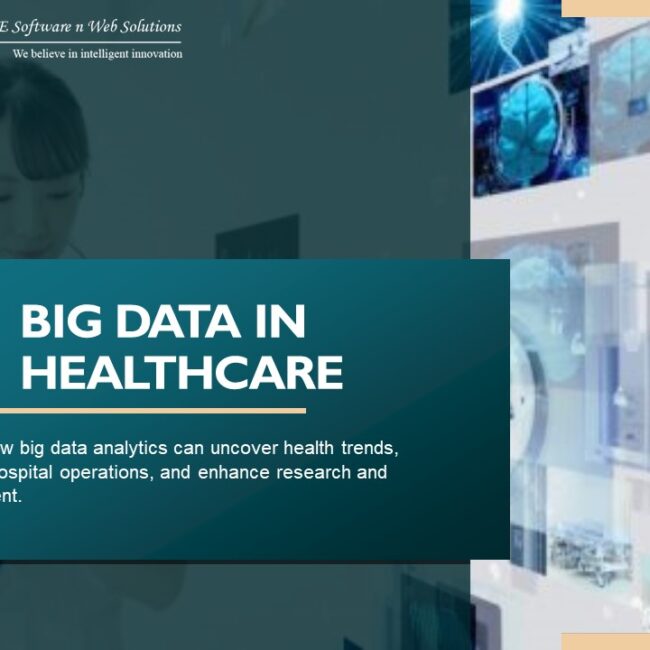
Leveraging Data Analytics for Improved Educational Outcomes
In the rapidly evolving educational landscape, data analytics emerges as a powerful tool for educators and decision-makers in primary and secondary education. By harnessing the vast amounts of data generated in educational settings, schools can gain valuable insights into student performance, enhance teaching methodologies, and ultimately improve educational outcomes. This blog delves into the practical applications of data analytics in education, offering guidance on leveraging this technology to its fullest potential.
Understanding the Power of Data Analytics
The Role of Data in Education
- Informed Decision-Making: Data analytics provides evidence-based insights that support strategic decision-making, from curriculum development to resource allocation.
- Personalized Learning: Analyzing student data enables the creation of personalized learning experiences, catering to individual strengths, weaknesses, and learning styles.
Key Applications of Data Analytics in Education
Monitoring Student Performance and Progress
- Real-Time Feedback: Implement systems that track student progress in real time, allowing for timely interventions and support.
- Predictive Analytics: Use historical data to identify students at risk of underperformance or dropout, enabling preemptive action to support them.
Enhancing Curriculum Development
- Identifying Effective Practices: Analyze data on student performance across different teaching strategies to identify the most effective methods.
- Continuous Improvement: Use insights from data to refine and adapt the curriculum, ensuring it meets the evolving needs of students.
Implementing Data Analytics in Schools
Establishing a Data-Driven Culture
- Professional Development: Train educators and administrative staff on the importance of data-driven decision-making and how to effectively use analytics tools.
- Stakeholder Engagement: Involve teachers, parents, and students in the data conversation, ensuring they understand the benefits and are onboard with analytics initiatives.
Building the Right Infrastructure
- Investing in Analytics Tools: Select and invest in the right data analytics platforms that meet the school’s specific needs.
- Data Governance: Develop policies for data governance to ensure data quality, privacy, and security are maintained.
Overcoming Challenges in Data Analytics
Data Privacy and Security
- Compliance with Regulations: Ensure data collection and analysis practices comply with data protection regulations, such as GDPR and COPPA.
- Ethical Considerations: Adopt ethical guidelines for data usage, focusing on student well-being and privacy.
Bridging the Skills Gap
- Training and Support: Provide ongoing training for educators and staff to develop the necessary skills to analyze and interpret data effectively.
- External Partnerships: Consider partnering with data analytics experts or organizations to bridge any skills or resource gaps.
The Future of Data Analytics in Education
Advanced Analytical Tools
- AI and Machine Learning: Leverage advanced technologies like AI and machine learning to gain deeper insights from data and automate certain analytical processes.
- Predictive Modelling: Develop sophisticated models that can predict future trends in student performance, helping to tailor interventions more accurately.
Data-Driven Personalized Learning
- Adaptive Learning Platforms: Implement adaptive learning platforms that use data analytics to adjust content and pacing according to individual student needs.
- Holistic Student Profiles: Create comprehensive profiles of students that include academic performance, learning preferences, and emotional well-being to inform personalized learning strategies.
In conclusion, leveraging data analytics in education offers a pathway to enhancing educational outcomes through informed decision-making, personalized learning, and continuous improvement of teaching practices. By establishing a solid data infrastructure, fostering a data-driven culture, and embracing the potential of advanced analytics, primary and secondary education decision-makers can unlock new possibilities for students and educators alike. As the field of education continues to evolve, the strategic use of data analytics will be critical in shaping its future, driving innovation, and ensuring every student has the opportunity to succeed.


